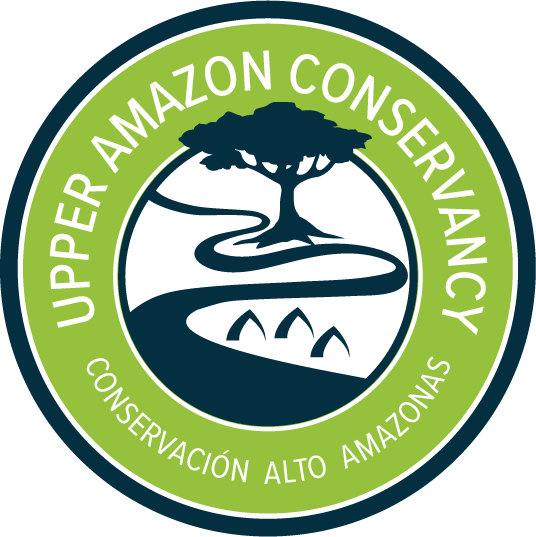Roads, Land Trafficking and Coca
Invasions of farmers from the central jungle in the Sepahua river, lower Urubamba, October 2019. (Click to enlarge)
A road is being constructed illegally to connect the logging town of Nueva Italia on the Ucayali River with the small jungle town of Puerto Breu, the capital of the remote Yurua region. Without any formal government approval and ignoring indigenous rights and environmental laws, loggers are clearing an old logging road which is facilitating the migration of thousands of coca farmers to this remote region. The invasion is part of a massive movement of farmers, processors and traffickers related to the cocaine trade from Peru’s central jungle region to remote lowland areas like the Yurua. A very similar situation has occurred further up the Ucayali watershed on the lower Urubamba River.
Approximately twenty years ago, the road from the city of Satipo in Peru’s central jungle ended in the small town of Puerto Ocopa. From there, travelers took boats for a five hour trip down the Tambo River to reached the small town of Atalaya. This river transport service worked efficiently for many years until loggers built a road to Atalaya—without any official planning or permits, feasibility studies, environmental and social impact studies, or any consulting with local communities. Once a quiet jungle town, Atalaya has tripled in size in the past few years as immigrants use the road to settle the town and the surrounding forests.
A family from the Valley of the Apurímac, Ene and Mantaro Rivers (VRAEM) arriving at the Sepahua River to clear forest to grow coca.
Atalaya’s location near the confluence of the Tambo and Urubamba rivers makes it a convenient destination for land speculators, landless farmers, and others seeking to exploit the surrounding forests, including those up remote tributaries that are home to both settled and still isolated tribes. Indigenous territories and adjoining protected areas (including three reserves for tribes living in voluntary isolation and isolation) are being aggressively invaded by loggers and farmers from places Satipo and the Valley of the Apurímac, Ene and Mantaro Rivers (VRAEM) seeking new lands void of effective government oversight to cultivate. A study carried out by UAC staff in October 2019, found 73 illegal farms in the Sepahua River, a tributary of the Urubamba made by migrants from VRAEM and Satipo—many of them for growing coca for the thriving drug trade. See article published by Mongabay.com in English and Spanish.
According to local people, the situation on the Sepahua has grown much worse since the pandemic as remote regions like the Sepahua and Yurua have lacked government monitoring and law enforcement.

